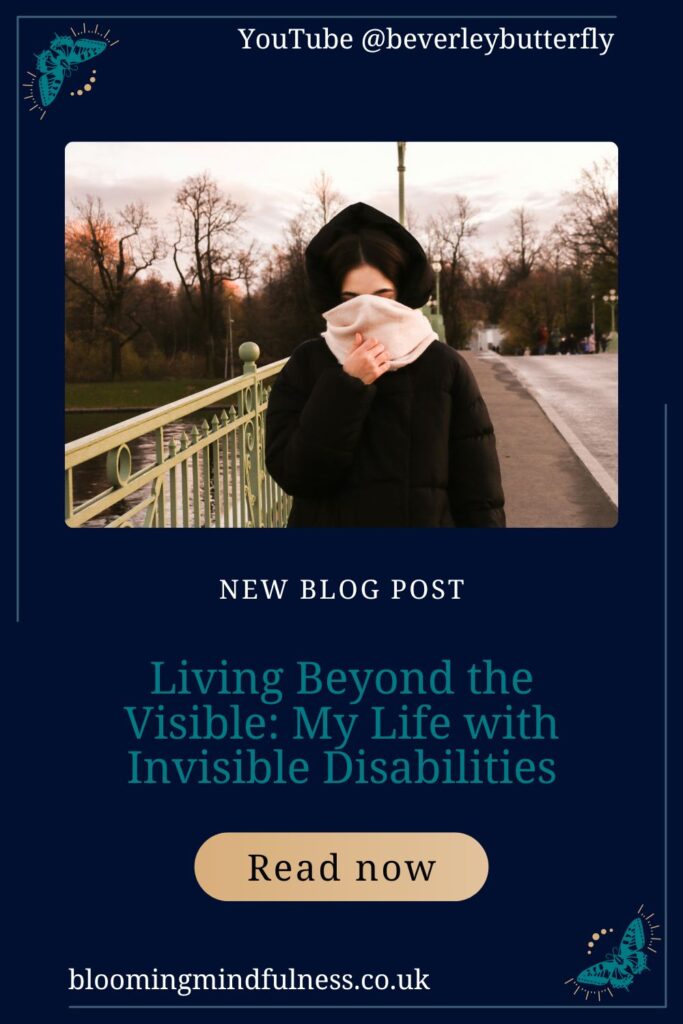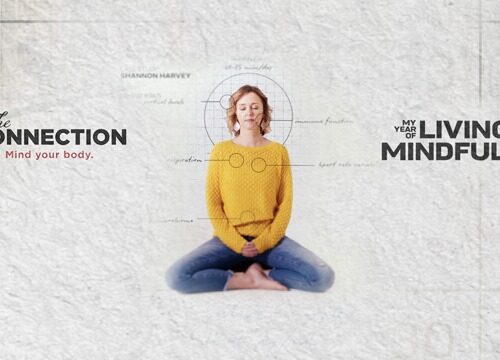
Living Beyond the Visible: My Life with Invisible Disabilities
It is Invisible Disabilities Week and so it is the perfect time to share My Life with Invisible Disabilities. I have lived with invisible illnesses for over twenty years and over that time I have experienced so much, let’s get into it.

My Personal Journey
I live with several invisible illnesses Ehlers Danlos Syndrome, Fibromyalgia, Myalgic encephalomyelitis, Long Covid, Chronic depression, and Generalised anxiety disorder. None of these illnesses are easy to see, either in person or in test results and so it is easy for my experiences of them to be dismissed.
However, anyone who lives with me or knows me for a time can easily see how these illnesses affect every part of my life. My main symptom is fatigue; it gives me only a few usable hours each day and I often have to juggle what I want to achieve or get done with pacing so that I do not trigger a flare.
Pain is my second worst symptom, constant pain in itself is tiring to live with, but it also makes it difficult to sit for too long and I struggle a lot with headaches which stop me often. Most people cannot imagine constant pain, and over the years I have become good at masking so I can get through the day. This makes it so that healthcare professionals and people around me often struggle to see how much pain I am experiencing.
These two alone would be enough to live with, but I also get frequent flares of vertigo, partial joint dislocations, jaw and facial pain, memory loss and brain fog. These symptoms all together make life extremely difficult, and because of my mental health I rarely leave the house and never when I am alone.
I have very regimented and planned out days because otherwise I could easily plan to do too much and end up in bed in a huge flare. I have to constantly be mindful of doing too much and making sure I am resting enough, or I would be in bed for days. Napping is something my body forces me to do often and the need for them can come out of nowhere, so it is a constant balancing act.
Common Misconceptions
There have been many misconceptions that have followed me through my life with invisible disabilities. From people asking if I am better because they see me on a good day, or the classic ‘but you don’t look sick’ that I think we have all heard at least once over our time with invisible disabilities.
I think that the worst misunderstanding for me though is that we are using social media to tell one another how to pretend to be sick so we don’t have to work. The old idea of people pretending to be sick so they can earn money cash in hand or so they can just sit on the sofa remains, I guess.
The truth is I tried working for a few years after I was forced to give up nursing due to my illnesses. I got and lost jobs in three different shops, two offices and even a dentist office, but my memory issues and moving slower made it impossible.
I started this blog, and my YouTube channel because they gave me a chance to share my life with invisible disabilities and to learn skills at my own pace. I can also pace out both hobbies so that I only work on them for a few hours’ maximum a day. There are no jobs out there that would allow me to do this, which speaks loudly about how inaccessible working for people is.
Personally, I would love to be able to come off benefits because I make enough money through my hobby of the blog and YouTube. However, right now that isn’t possible and I think that is because I cannot treat them like a full time job spending all day every day creating content.
Finding strength in community
The truth is that social media, my blog and YouTube channel have saved my life many times over. Not only are they a source of making friends and allies in my life, but they are also a chance to share my personal thoughts and experiences. This stops me overthinking or falling into deep depression because I have no voice like I did before I found community on social media.
There is so much support to be found online through social media and by sharing my life with invisible disabilities. Especially during awareness months like this invisible disabilities’ awareness week, a chance to gain knowledge and to find new people to follow and support. We do not share our experiences in order to help other fake having these illnesses, but to help people who already have them and feel there is nowhere to turn.
Constantly explaining ourselves and the emotional weight that comes with that on top of our symptoms, as well as masking and feeling unseen is a lot to carry. But online I have found so much understanding, kindness and people who are just as angry as I am about how we are perceived by society.
I hope that by sharing my life with invisible disabilities I can help others struggling out there and to change society by telling my truth. So, dear reader, as you may not be able to see if someone has invisible illnesses, be kind out there and believe someone when they tell you what they are struggling with.
Spoons and Sparkles xx
If my words or videos have brought a little cosiness to your day, you can support me on Ko-fi with a tip or join my Patreon for just £2 a month. Your kindness helps me keep creating both here and on YouTube.



